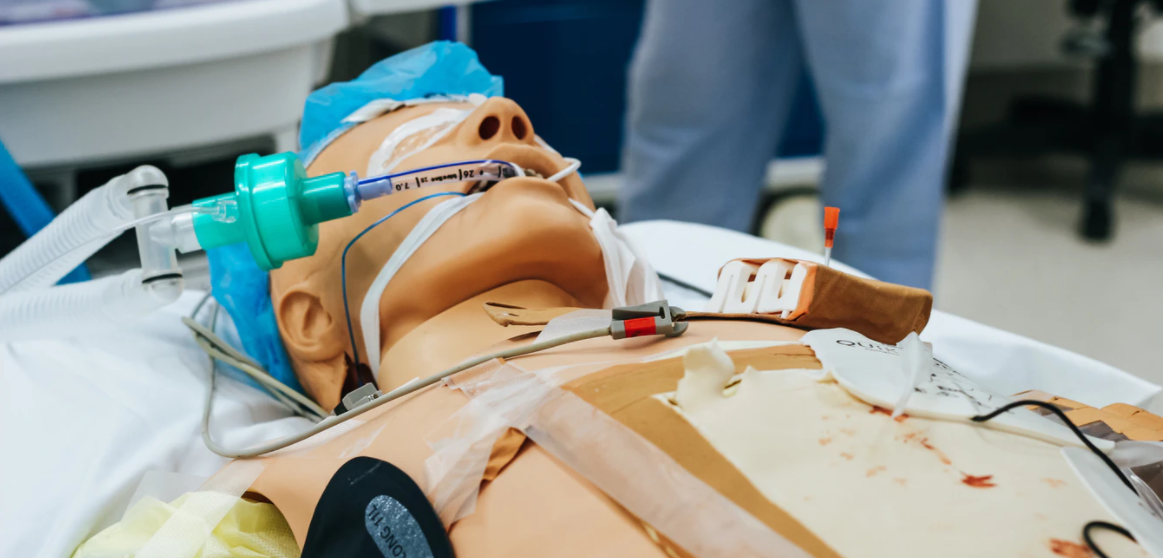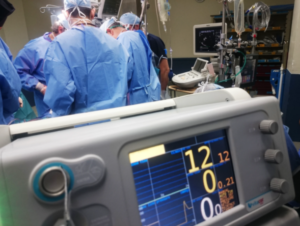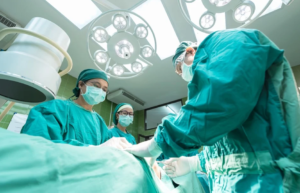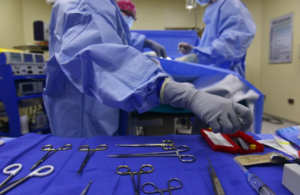
Surgical Simulation in Medical Application Solutions
Clinic physicians and surgeons must finally take the final step of performing procedures on patients for the first time. In this case, many healthcare options focus on training and simulation for surgery to ensure medical staff competent before performing an actual procedure. At times, the surgeon practice with cadavers as the advanced level of their training. However, the new era of future healthcare simulation is now more promising.
 As you can access sofia.medicalistes.fr for more updates on the healthcare simulation conference, you may see that the newest technology has presented well-developed virtual reality surgery to practice for clinical physicians and surgeons. This tool has taken a form of a robot. It can even stimulate visual perception for the surgeon when performing virtual surgery for practice. It has also shown the sophisticated healthcare simulation that combines software and hardware, including DC micromotors and DC gear motors, for more comprehensive surgery training.
As you can access sofia.medicalistes.fr for more updates on the healthcare simulation conference, you may see that the newest technology has presented well-developed virtual reality surgery to practice for clinical physicians and surgeons. This tool has taken a form of a robot. It can even stimulate visual perception for the surgeon when performing virtual surgery for practice. It has also shown the sophisticated healthcare simulation that combines software and hardware, including DC micromotors and DC gear motors, for more comprehensive surgery training.
The Features
 One of the most challenging senses to simulate is touch. Displays and speakers can reproduce sight and sound, but few medical programming alternatives can replicate the sense of touch. Haptic simulation allows a surgeon to “feel” a procedure. Besides that, it also obtains a safe means of estimating the amount of pressure applied. This way, it will ensure a proper incision or other surgical procedure without using cadavers.
One of the most challenging senses to simulate is touch. Displays and speakers can reproduce sight and sound, but few medical programming alternatives can replicate the sense of touch. Haptic simulation allows a surgeon to “feel” a procedure. Besides that, it also obtains a safe means of estimating the amount of pressure applied. This way, it will ensure a proper incision or other surgical procedure without using cadavers.
The Design
The haptic devices use a design that operates with low friction and low inertia to produce an actual warning and feedback mechanism. A total of six DC micromotors placed in a haptic device has a combination of larger speed sensors and PC-based controllers. Those tools have a function to produce a system that responds almost instantaneously to input, along with appropriate input for accurate simulation.
The Motor
 When making realistic visual perception in a surgical simulation, the biggest obstacle lies in the motor. In this case, mechanical motors are unlikely to reproduce speed, precision, and force to support the human motion, especially in a compact system. DC micromotors equipped with special windings can produce high torques in an adequate small package, providing the drive capability or the user’s ability to overcome friction and control the haptic device. These responsive motors can double the torque output without inertia, mass, or friction interfering with the actual visual perception stimulation. As you combine it with high resolution of optical encoders, it can achieve the right gear ratio or capstan drums with distinctive applicable sizes when using DC gear motors.
When making realistic visual perception in a surgical simulation, the biggest obstacle lies in the motor. In this case, mechanical motors are unlikely to reproduce speed, precision, and force to support the human motion, especially in a compact system. DC micromotors equipped with special windings can produce high torques in an adequate small package, providing the drive capability or the user’s ability to overcome friction and control the haptic device. These responsive motors can double the torque output without inertia, mass, or friction interfering with the actual visual perception stimulation. As you combine it with high resolution of optical encoders, it can achieve the right gear ratio or capstan drums with distinctive applicable sizes when using DC gear motors.
In short, the DC micromotors can provide consistency in a medical application solution for surgical training using haptic device design. A surgeon can learn and simulate various operations and procedures from incisions to needle insertion for drug delivery. In the future, the haptic device and visual perception simulation may advance different motions for higher training.…

